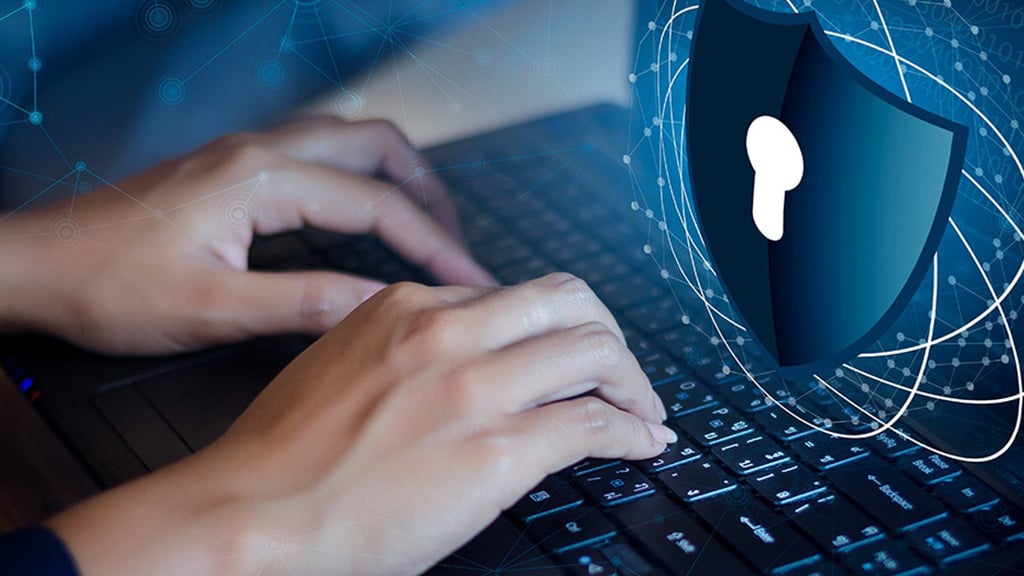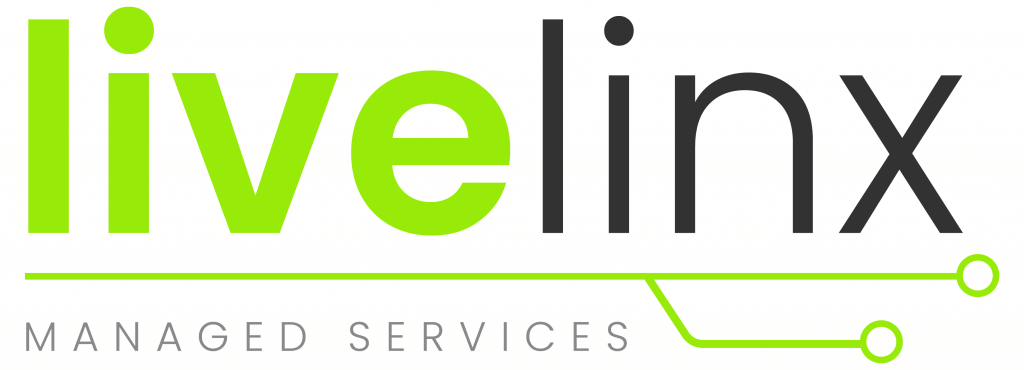
Managing cyber security threats has become exponentially more challenging over the years. As threats increase, so must our efforts to counter them. In recent days, hackers don’t really care if the victim is an SMB – Small to Medium Business – or a major enterprise, they get hit just the same. It’s more often about volume of attacks, and everyone is just as susceptible.
In fact, many hackers have switched to only targeting SMBs, because SMBs often have less of a budget to tighten down network security. They might have also have a lower extraction potential, but there are a lot more of them and easier to get to.
This means that regardless of the size of your business, you need to be thinking about preparing for cyber security threats. For a budget-oriented SMB however, this is a lot easier said than done. Thankfully, there are some very affordable solutions tailed for your business.
Half of Businesses Will Fall Victim to Cyber Security Threats
Based on the Kaseya Security Insights Report for 2022, just under half (49%) of business claimed to be a victim of cyberattack or data breach.
This underlines the fact that everybody is at risk here, and that the threats are mounting. The ever-increasing number of malicious actors, in combination with the rapid proliferation of hacking tools and vulnerabilities are troubling.
The Four Horsemen of Cyber Security Threats
The most common cyber security threats that we face today can be divided into four distinct categories:
Phishing and Email Compromise is the number one cybersecurity threat most companies face. 55% of the survey respondents admitted to Phishing and Email Compromise as the top threat.
Ransomware is the second most pronounced threat. With almost a quarter (23%) of respondents holding it as their top concern in 2022, this is definitely a growing and pronounced threat.
Password Takeover comes in at 15% and account takeover comes in at 6% of companies naming it as their biggest fear.
Falling victim to any of these attacks can cause a lot of damage both in the present, and well into the future. This can result from lost revenue, damage to your trust and reputation, wasted productivity, and having to fix with what went wrong, to mend the damage.
63% of the people who took the aforementioned survey admitted that a ransomware attack would be a recoverable incident, but would cost a lot of downtime and lost data.
With even a basic incident response plan, your organization can negate a lot of lost time from cyberattacks. Just by taking a few smart steps, you can help your organization to avoid attacks or come back from one swiftly.
Create an Incident Response Plan
One of the best cybersecurity decisions your organization can make is to create an incident response plan. NIST has released a publication entitled Special Publication 800-61 Rev. 2, entitled “Computer Security Incident Handling Guide”. This is a good starting point for any organization looking to have their own incident response plan.
It is invaluable for both responding to, and reducing the likelihood of encountering cyberattacks. Incident response planning gives businesses insights as to where they could improve their security.
In addition to developing a comprehensive plan, all organizations should run drills and exercises to refine and further develop these procedures.
Get Expert Help
To challenge the continuously evolving landscape of cyberattacks, your organization must be evolving with the threat landscape. It is difficult to do this, of course, unless it is your primary occupation. This is where it helps to hire a set of professional eyes to evaluate and repair the integrity of your network.
Threat detection doesn’t depend just on a good antivirus program, but on analyzing the environment, fixing the holes, and getting everyone trained on best practices.
At Livelinx we incorporate comprehensive coverage of all the most vulnerable parts of your organization: endpoints, network, and cloud. We can deploy and also monitor endpoint protection solutions.
Through these means, we are continually aware of all the malicious activity on your organization’s machines. We can use this information to block off insecure communications before they even happen in the future.
Invest in Negating Cyber Security Threats
There are many ways to clamp down on the security of your organizational network. Many of them are extremely effective, cheap, and easy to implement.
It’s always just a matter of being proactive, rolling these things out in a procedural and methodical manner, and making sure it all works as intended.
The following tools are a great place to start improving your cybersecurity, and we can help:
Identity and Access Management (IAM)
Getting access to a system through stolen or phished credentials is extremely common. However, there’s also a very simple and cost-effective way to counter 99% of these attacks: MFA.
MFA or multi-factor-authentication works by introducing a second-layer of security on top of your password. Through an authenticator app, the user is given a code to enter after the password, to verify their identity. This requires the attacker to have access to both the password and authenticator to get in.
Security Awareness Training
Often times, one of the most exploitable vulnerabilities are the people in an enterprise. To counter this, make them less vulnerable through training.
Teaching employees to spot sophisticated social engineering attempts will go a long way to increasing the security of your organization as a whole.
Email Security
Most of the attacks your employees will face revolve around their emails. It’s the easiest way to slip a malicious application or link into an unexpecting employee’s workflow.
To completely negate this risk factor, we have managed endpoint protection services which will flag such attempts and gut the contents of the email so no employee will accidentally click such malware.
Backup and Recovery
In the era of endless ransomware attacks, backing up your data is one of the smartest things your organization can do. There are many ways to do this including a simple mirroring of your files. You could also opt for a cloud continuity solution which takes ongoing snapshots of your files which are readily accessible at any time.
We offer managed backup and cloud continuity services at Livelinx, ask us about these solutions if you are interested.
Dark Web Monitoring
These tools allow companies to continually scan the dark web for entries of your own stolen accounts. Once this is on the dark web, there’s no going back of course. However, knowing what’s out there lets us avoid certain credentials for good, preventing us from reusing already stolen credentials.
Endpoint Detection and Response
EDR is great at detecting threats in real time and responding before anything really bad takes place. This takes some pressure off the security team by providing them with alerts and contextual information. We provide endpoint detection with remote management to negate issues, and also fix anything that might come up.
Preparing for Cyber Security Threats Starts with You
In an organization, any node can be equally as valuable of an attack vector for an intruder. This is why we must make sure to secure all endpoints, and all nodes in an organizational network.
We are confident that between the MFA, backup solutions, email protection, and endpoint detection, we can effectively negate practically all threats to your business. It takes a lot of forethought and planning, but that is a lot better than equal amount of trying to pick up the pieces.
You’ve already taken the first step, reach out to a managed services provider like Livelinx next, to make it official.
